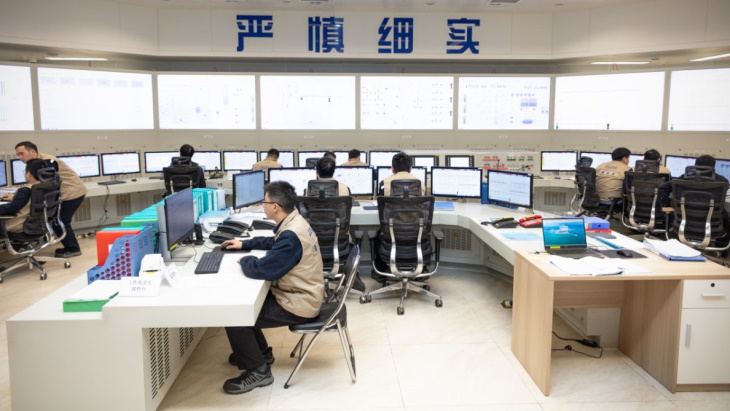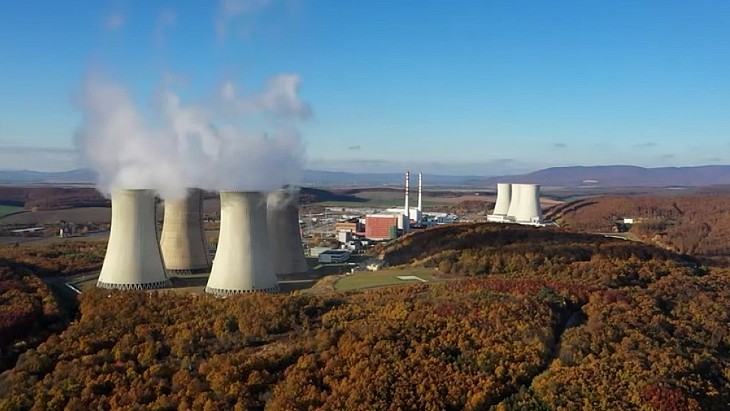By Monique Mulima,
(Bloomberg) -- Following the high-profile successes of the crypto industry in last year’s US elections, digital-asset companies in Canada are already applying what they’ve learned.
In November, Donald Trump, a crypto skeptic turned supporter, won the US presidential election and pro-crypto candidates won the majority of their races. Since then, Trump has nominated digital-asset supporters to his administration and Bitcoin’s price has surged more than 40%, rising above $100,000 for the first time.
Crypto became a large topic in the US election due in part to the roughly $135 million the industry spent backing candidates. Crypto’s Fairshake political action committee and its affiliated super-PACs were funded by industry heavyweights such as Coinbase, Ripple Labs and Andreessen Horowitz.
North of the border, crypto hasn’t been as big of a topic among politicians, but the industry hopes that will change.
In Canada’s political system, companies can’t donate to election campaigns and individual donations for 2025 are capped at C$1,750 ($1,213) to each political party and C$1,750 in total for all candidates of each party. Even with these restrictions, the Canadian industry is still making progress since November.
“Conversations are easier to start today than they were over a month ago, and I think that trend will likely continue regardless of the donations,” said Dean Skurka, chief executive officer of Toronto-based WonderFi Technologies Inc.
Advocacy organization Stand With Crypto also helped make the topic a prominent US election issue, with industry partners like Coinbase, Kraken and Gemini. The campaign launched in 2023 and endorsed candidates in the US election with the aim of getting its 1.9 million supporters to advocate for pro-crypto policies.
Stand With Crypto expanded to Canada in July, but the Canadian branch isn’t looking to endorse candidates in the upcoming election. Instead it aims “to galvanize communities of crypto advocates” and create a grassroots movement of supporters who can speak with other Canadians and their members of parliament.
The next Canadian federal election is due by October 2025, but could happen earlier under Canada’s parliamentary system. Prime Minister Justin Trudeau’s Liberal Party holds a minority government and opposition parties are expected to put forward and support a non-confidence motion this year, which would topple the government.
Canada’s crypto industry would like to see digital assets become a bigger focus in that election, similar to how it was in the US.
“We’re hopeful, but it hasn’t quite played out that way in Canada historically, and obviously in the US this is the first time that it’s really become an election issue,” Skurka said. “Hopefully the positive response that it has seen the start of will be a signal to Canadian politicians to take it seriously.”
Canadian Crypto Regulation
While crypto may not be a political focus in Canada, the country has played an important role in the industry. Ethereum, the second-largest cryptocurrency, was started in the country and Canada was home to the first Bitcoin exchange-traded funds in the world.
“For a long time, Canada was quite ahead when it came to crypto regulation,” said Sophia Cote, head of public policy at Montreal-based crypto trading platform Shakepay Inc. “But I think we’ve now reached a very interesting critical juncture where there are still some areas where we have not yet decided how we want to proceed.”
Canadian Securities Administrators announced new rules for crypto asset trading platforms in 2023. The guidelines, which took effect on Dec. 31, limit trading platforms’ ability to list stablecoins and require platforms to file a pre-registration undertaking. The requirements contributed to an exodus of crypto platforms from the country; Gemini was set to leave at the end of 2024 and Binance, Bybit and OKX left in 2023.
“In Canada right now we’re still having conversations around how do we regulate stablecoins within our securities framework versus actually having a conversation around the fact that stablecoins around the world are used for payments,” Cote said.
Some of the other issues that are the focus of crypto-industry lobbying in Canada include allowing exposure to Bitcoin in retirement savings plans and tax-free savings accounts and including crypto in open banking laws. So far no political party in the country has come out in support of the industry, but digital-asset companies have been trying to position crypto as a way to improve affordability — a key focus in Canadian politics.
Coinbase Canada CEO Lucas Matheson sees it as imperative for the nation to be competitive with crypto, especially with a Trump administration expected to increase its prominence.
“There are significant changes coming in how the US government and citizens in the US take advantage of the digital economy,” Matheson said. “And it’s incredibly important that Canadians don’t miss out on this and sit on the sidelines and wait until the rest of the world has figured out how to take advantage of digital assets.”
Since the US election, crypto prices and trading volumes have risen in the US and Canada. WonderFi’s platform has seen more customer transactions and Coinbase Canada has seen increased customer sign-ups since November. Matheson expects the interest in crypto to continue to grow in Canada.
“Crypto is here to stay and the US elections cemented crypto in the history books and paved a path for every country around the world to start thinking deeply about how they will advance their own personal strategies,” Matheson said.
©2025 Bloomberg L.P.

_59102.jpg)
_42897.jpg)
_44128.jpg)

_16184.jpg)
_63301.jpg)


.jpg)